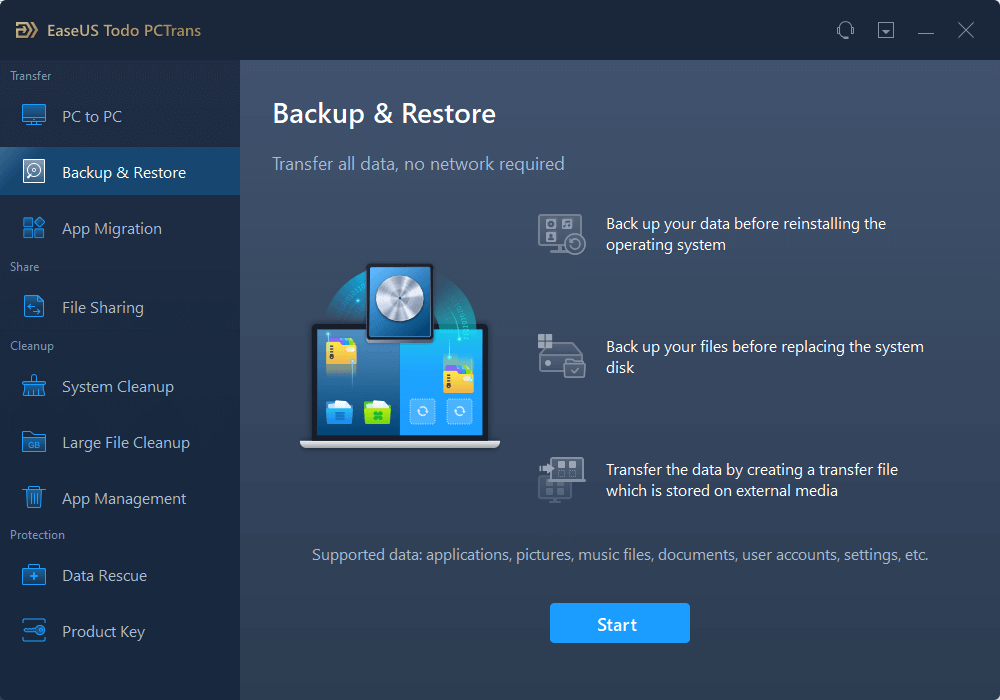

That computer becomes the licensed computer. You may transfer the software and install it on another computer for your use. Software Other than Windows Anytime Upgrade.

After you upgrade, you may no longer useġ7. Upon upgrade, this agreement takes the place of the agreement for the software you upgraded from. To use upgrade software, you must first be licensed for the software that is eligible for the upgrade. If the base qualifying license (Windows 7 or Windows 8.1) was a full retail version, then yes, you can transfer it.ġ5.

You will then have to purchase a full retail OEM versions cannot be used to directly upgrade from an older Windows operating systemĪs it pertains to the OEM licenses this will invalidate the Windows 10 upgrade license because it will no longer have a previous base qualifying license which is required for the free upgrade.

OEM versions allow all hardware upgrades except for an upgrade to a different model motherboard OEM licenses are tied to the very first computer you install and activate it on OEM versions do not offer any free Microsoft direct support from Microsoft support personnel OEM versions of Windows are identical to Full License Retail versions except for the following: Expensive, but cheaper than full version require a previous qualifying version of Windows. Doesn't require a previous qualifying version of Windows. Includes transfer rights to another computer. If you upgrade from a OEM version, it carries the rights of a OEM version. If you upgrade from a retail version, it carries the rights of a retail version. Because the free upgrade is derived from the base qualifying license, Windows 10 will carry that licensing If you upgrade from a OEM or retail version of Windows 7 or Windows 8/8.1 to the free Windows 10 upgrade this summer, the license is consumed into it. When I upgrade a preinstalled (OEM) or retail version of Windows 7 or Windows 8/8.1 license to Windows 10, does that license remain OEM or become a retail license?


 0 kommentar(er)
0 kommentar(er)
